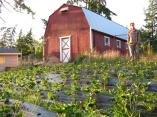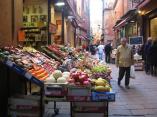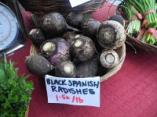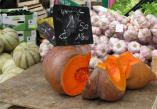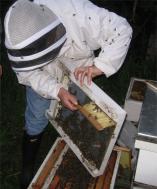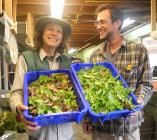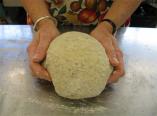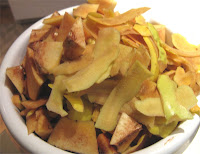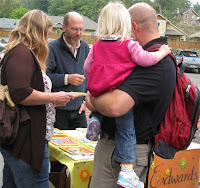While I think “companion animals” sounds like a lovely idea for an anthology, and I commend the Ontario Veterinary College for thinking to celebrate its anniversary by promoting literature on this theme, I must grind my axe on the conditions they’re imposing on contributors, ever so carefully, so as to split just a few familiar hairs.
I have some problems generally with anthologists who invite submissions for which they will offer no payment. A well-worn response by writers to this situation is to ask whether the printers will be paid? The people who make the paper the book is printed on? The truck drivers who transport the finished product? Then why not the creators without whose work the book does not exist? Though even so, being provided copies of the final collection is often enough to mollify me (3 copies in this case).
However. The guidelines for contributors to anthologies suggested in 2006 by the Writers Union of Canada are, I think, worth reviewing, even if they may be overly optimistic in today’s book publishing environment:
Royalties: “As a contributor to an anthology you can reasonably ask for a proportionate share of the authors’ usual royalty calculated on the list or selling price”
Fees: “A rule of thumb is $100 per page per edition in which the contribution will appear”
But to do as the editors of this anthology have done: offer no payment, and then stipulate firstly that the work cannot have been previously published, and secondly, that a reading fee must be paid… either condition is too much, and the two together are downright insulting.
Honestly, do we need the glory of being in print so badly that unpaid writers are willing to subsidize the publication of a collection that celebrates a well-paid profession? (Although perhaps if the publication credit came with a free veterinary visit, I could be persuaded this is a good deal for both sides.)
One question I have is just why the editors specify the submissions must be previously unpublished, and I suspect it may be that they fear copyright entanglements over material published in book form. Perhaps they are simply ignorant of the difference between books and journals, where the latter takes only first serial rights and leaves the author free to publish the work elsewhere.
But I strongly suspect they haven’t actually thought about it in relation to their own unwillingness to pay for the work. Being able to offer a poem, in my case, that has appeared in print for a nominal fee (literary magazines are, with luck, able to offer somewhere between $30 and $60 per poem in this country) takes some of the sting out of having an unpaid second appearance. And if this poem in a literary journal should have been previously read by its small and select readership, what harm does that do to an anthology later on? Particularly in this case, where the aim is not to garner literary creds: it’s a veterinary college, for heaven’s sake, and I’d guess the anthology is destined for the veterinary offices of the nation, not shrines of literature.
But even if the editors were to loosen their restrictions on previous publication, I would be reluctant to spend most of what I might have already earned from a poem in paying a reading fee (between $20-30 depending where you live) to submit it. (Though this fee does provide you with one copy of the anthology, even if you are not accepted for publication in it.)
As you may infer, this is not the first anthology I’ve encountered that puts harebrained restrictions on its contributors and then doesn’t even pay them. Where Canadian publishing is concerned, I’m afraid I continue to feel the pull of a downward spiral of water and a whiff of odure in its vortex.

